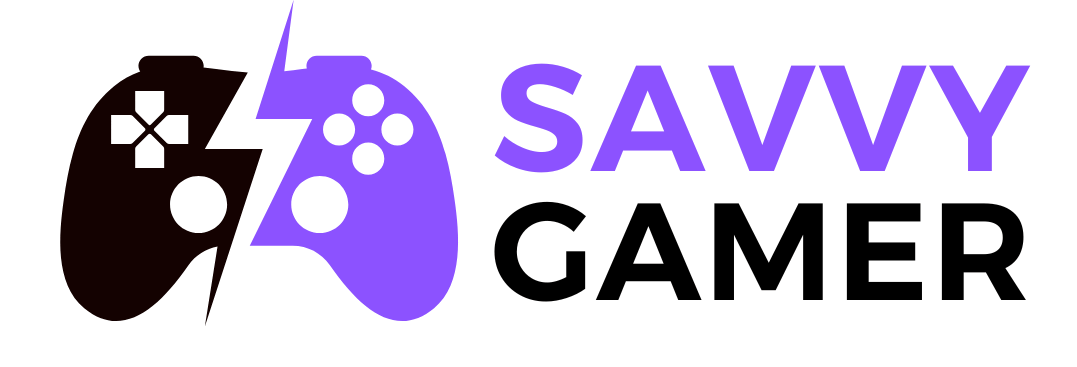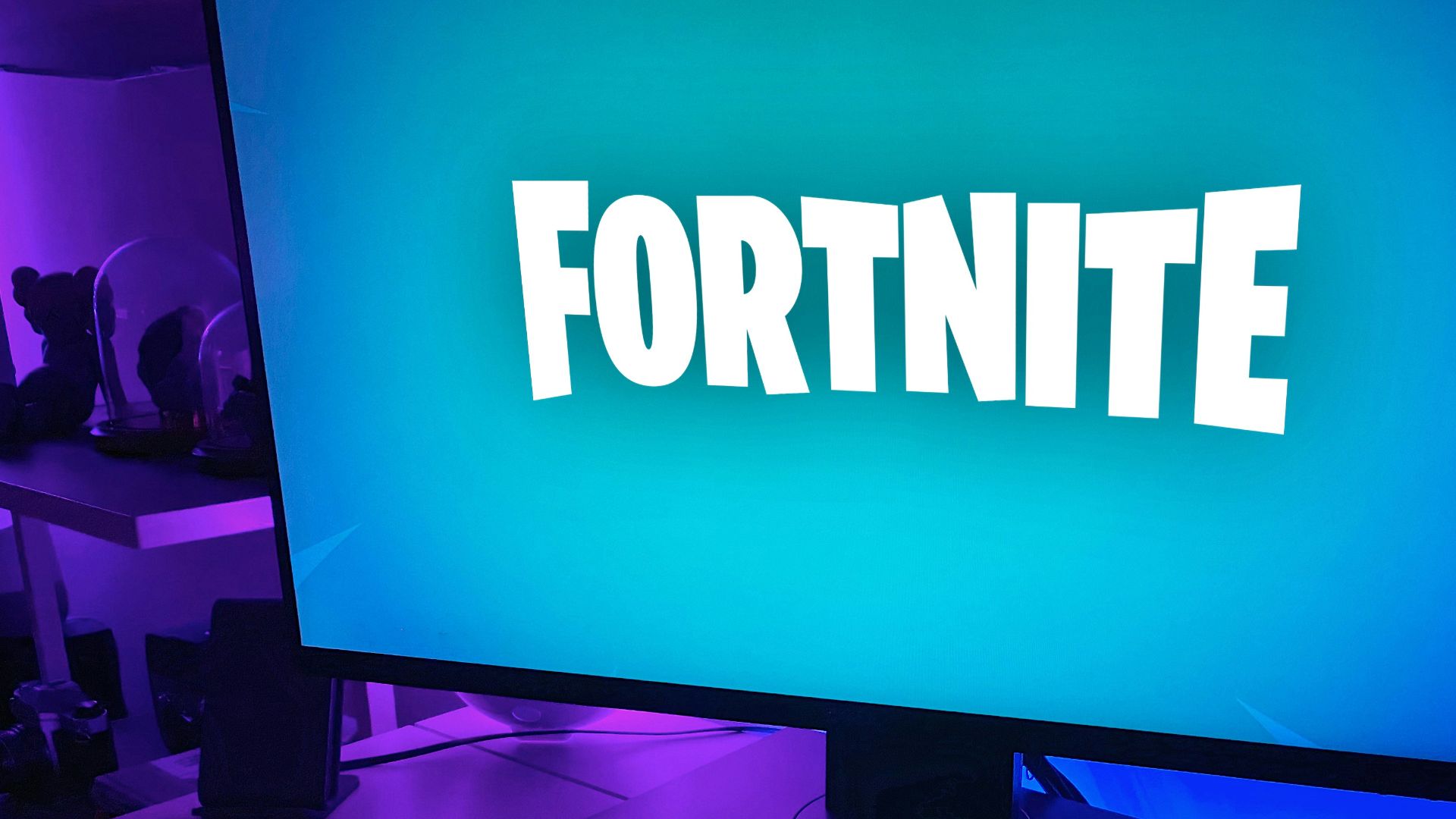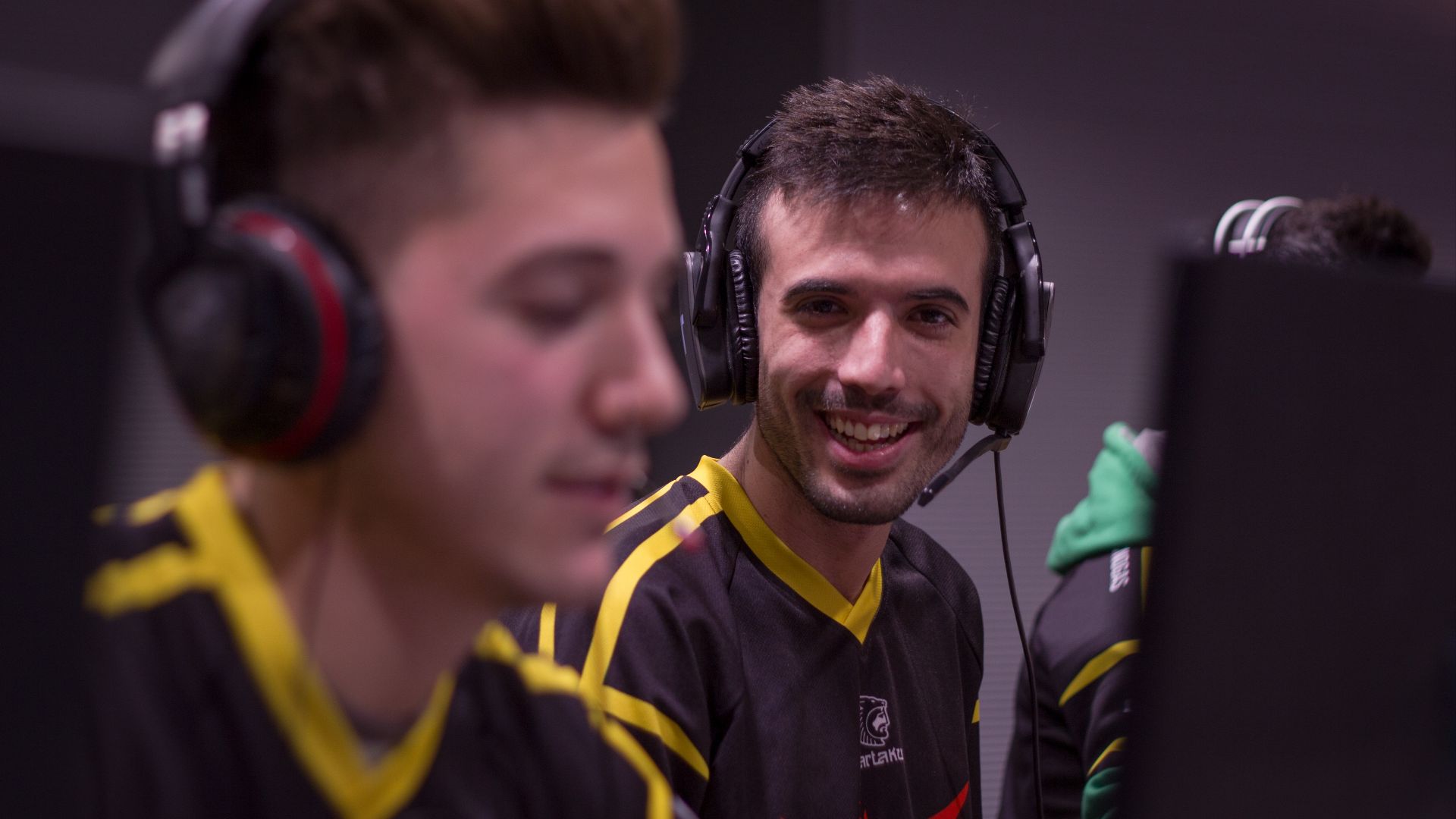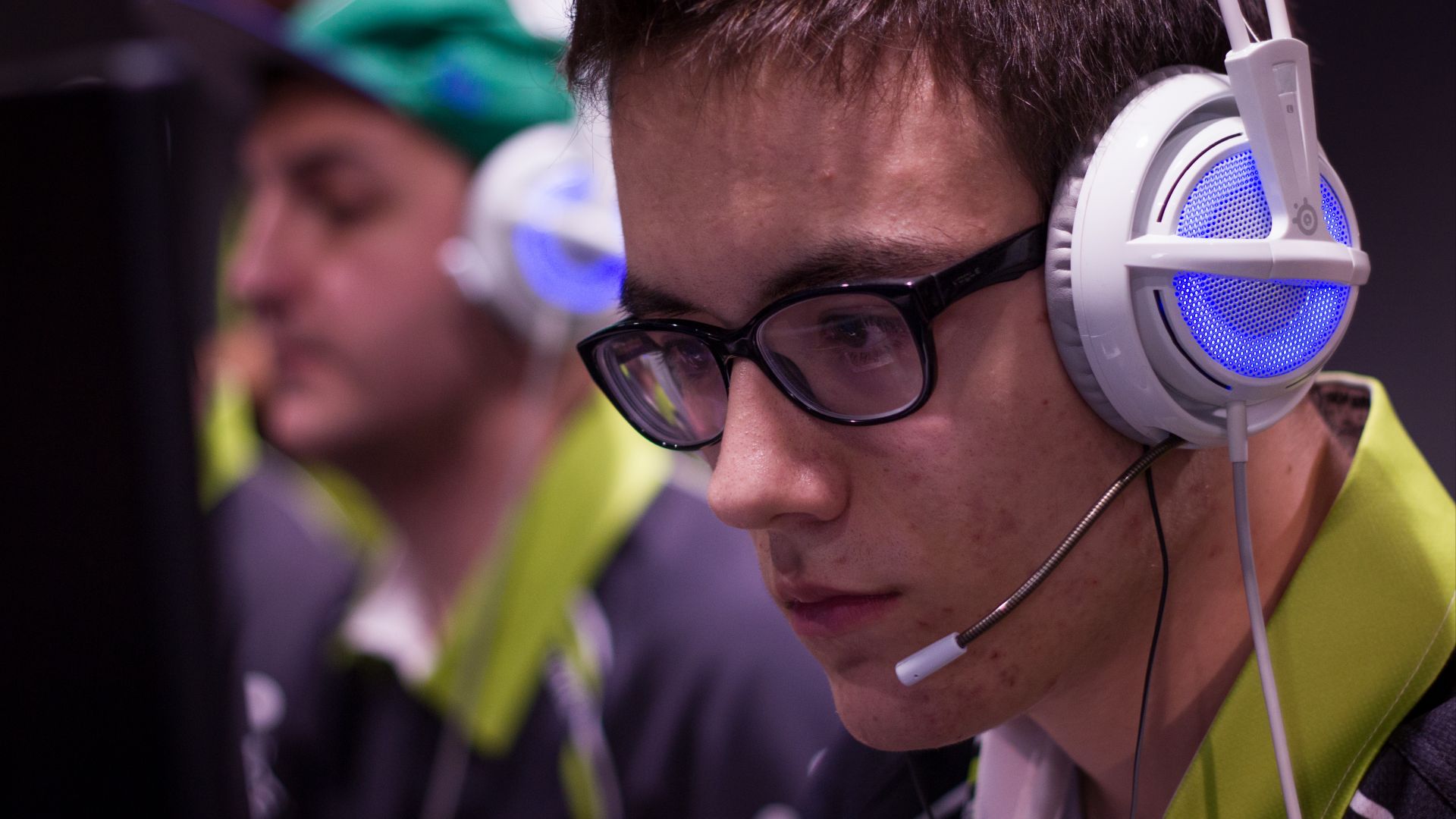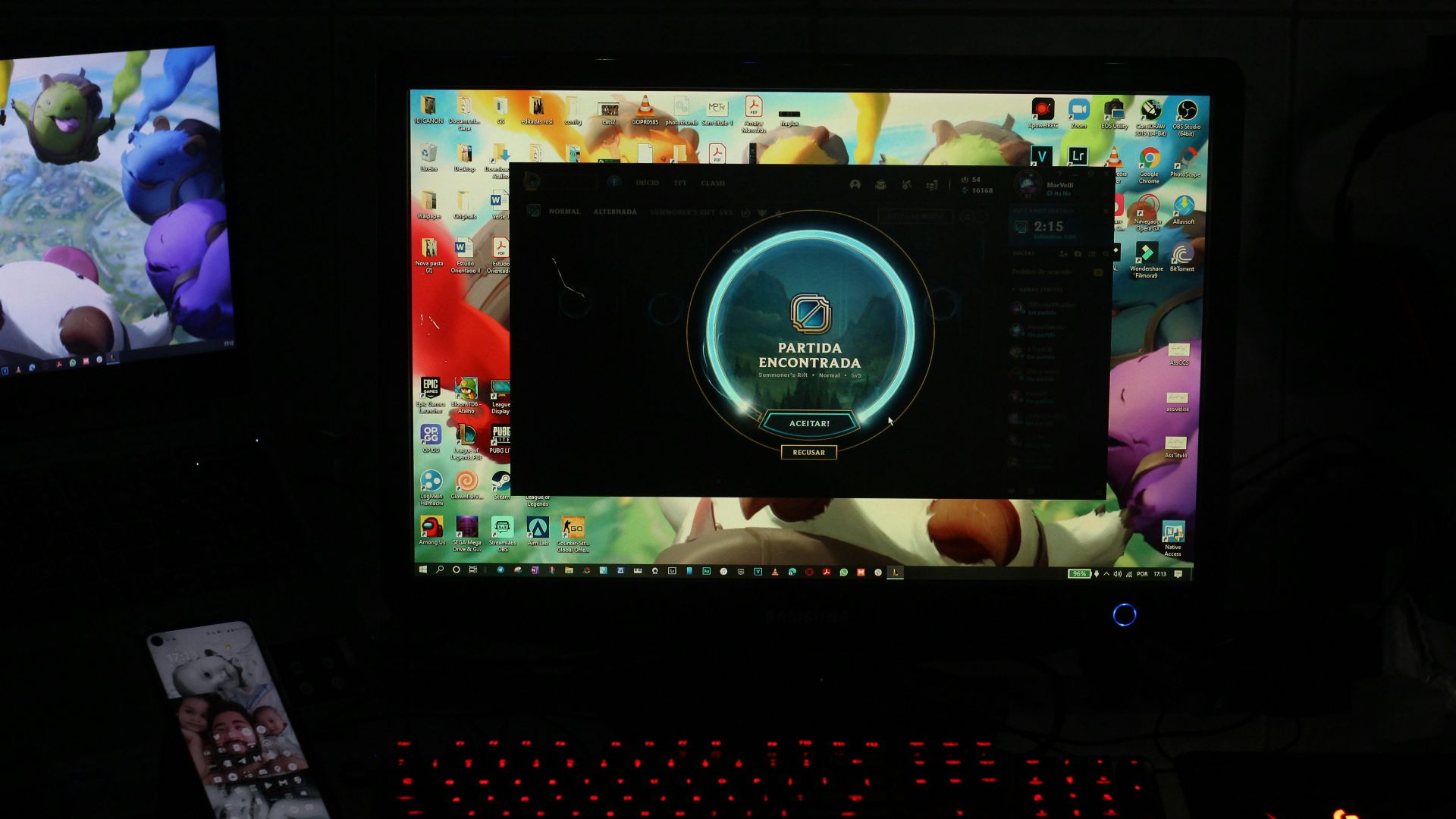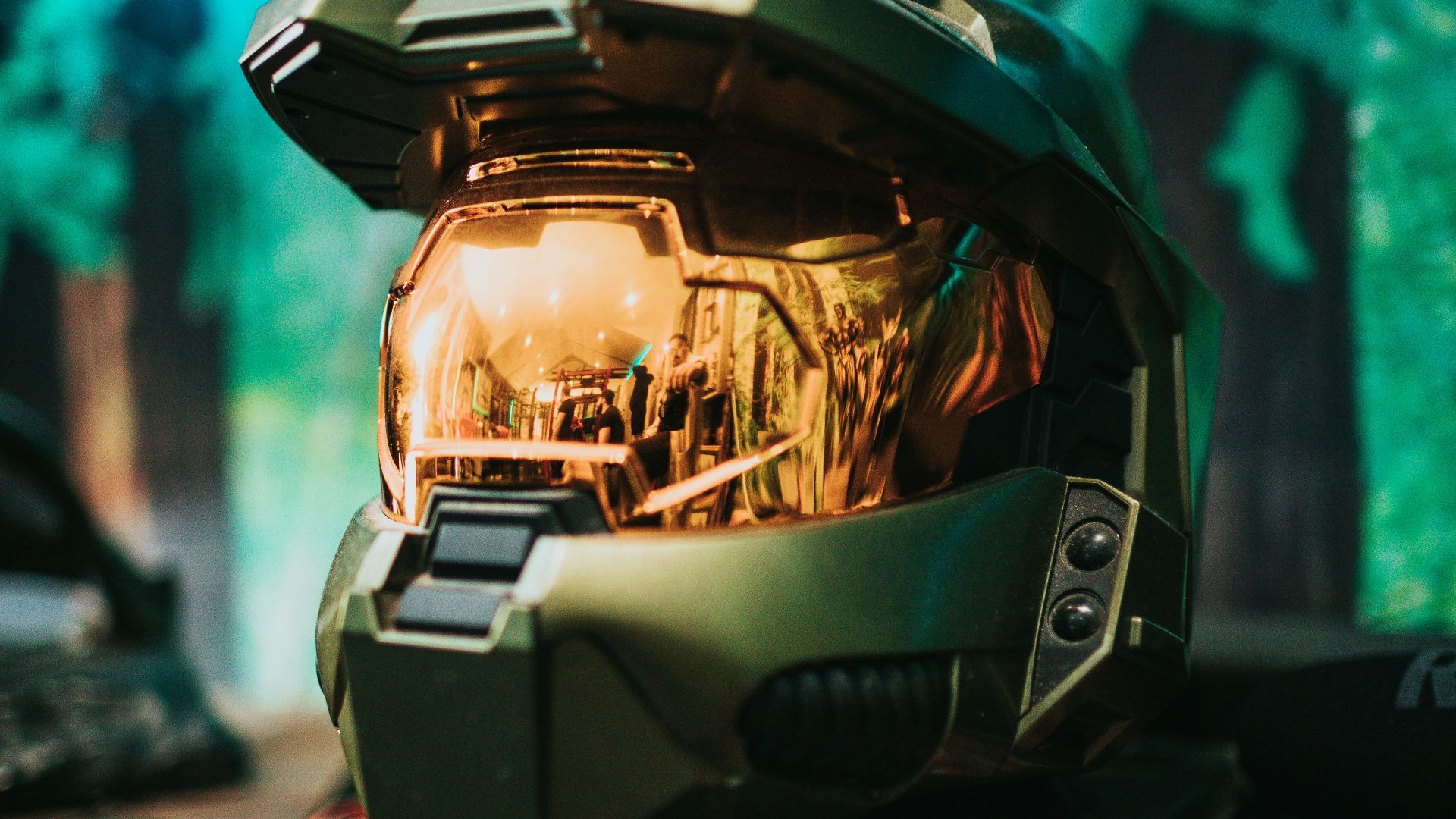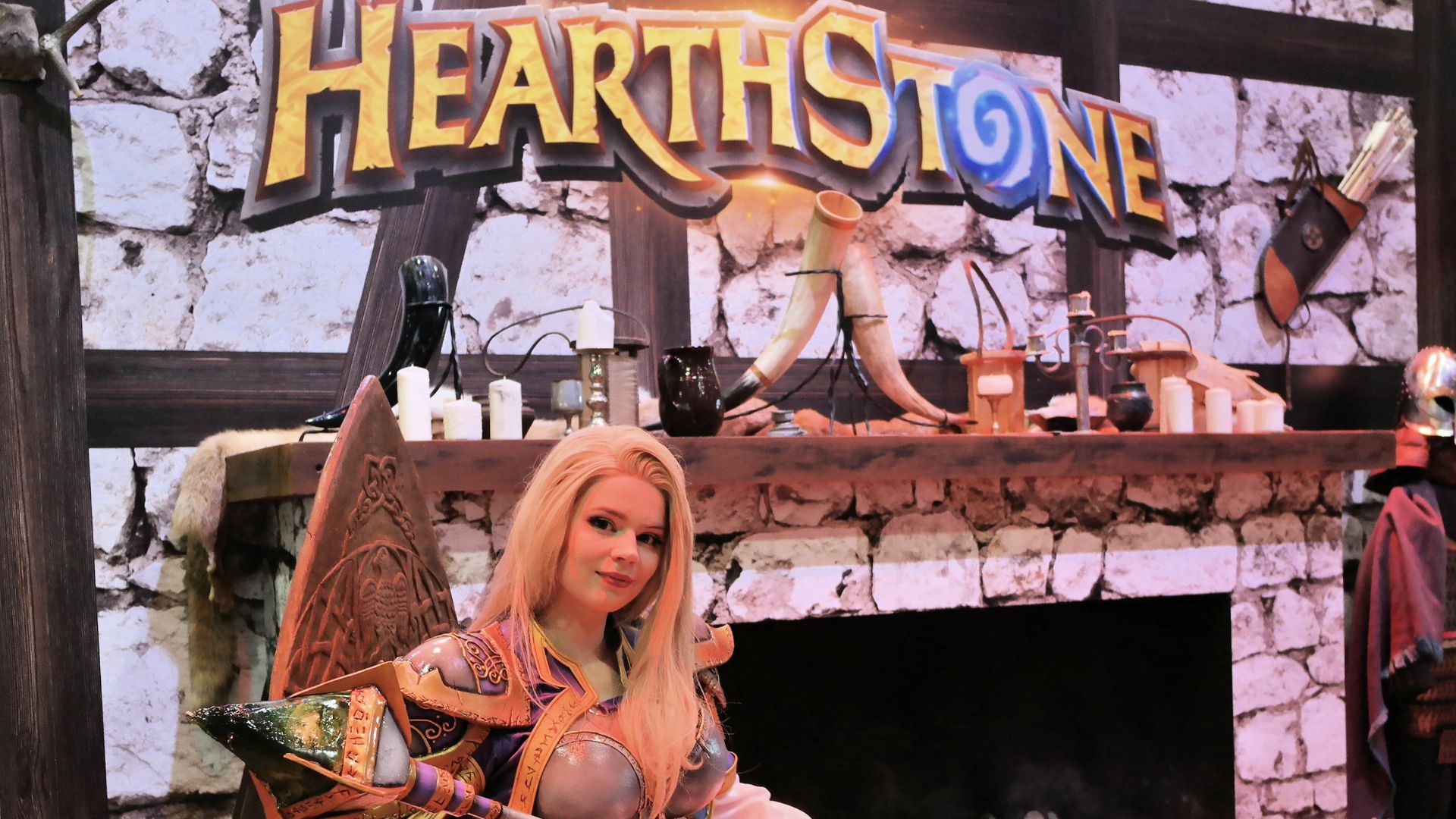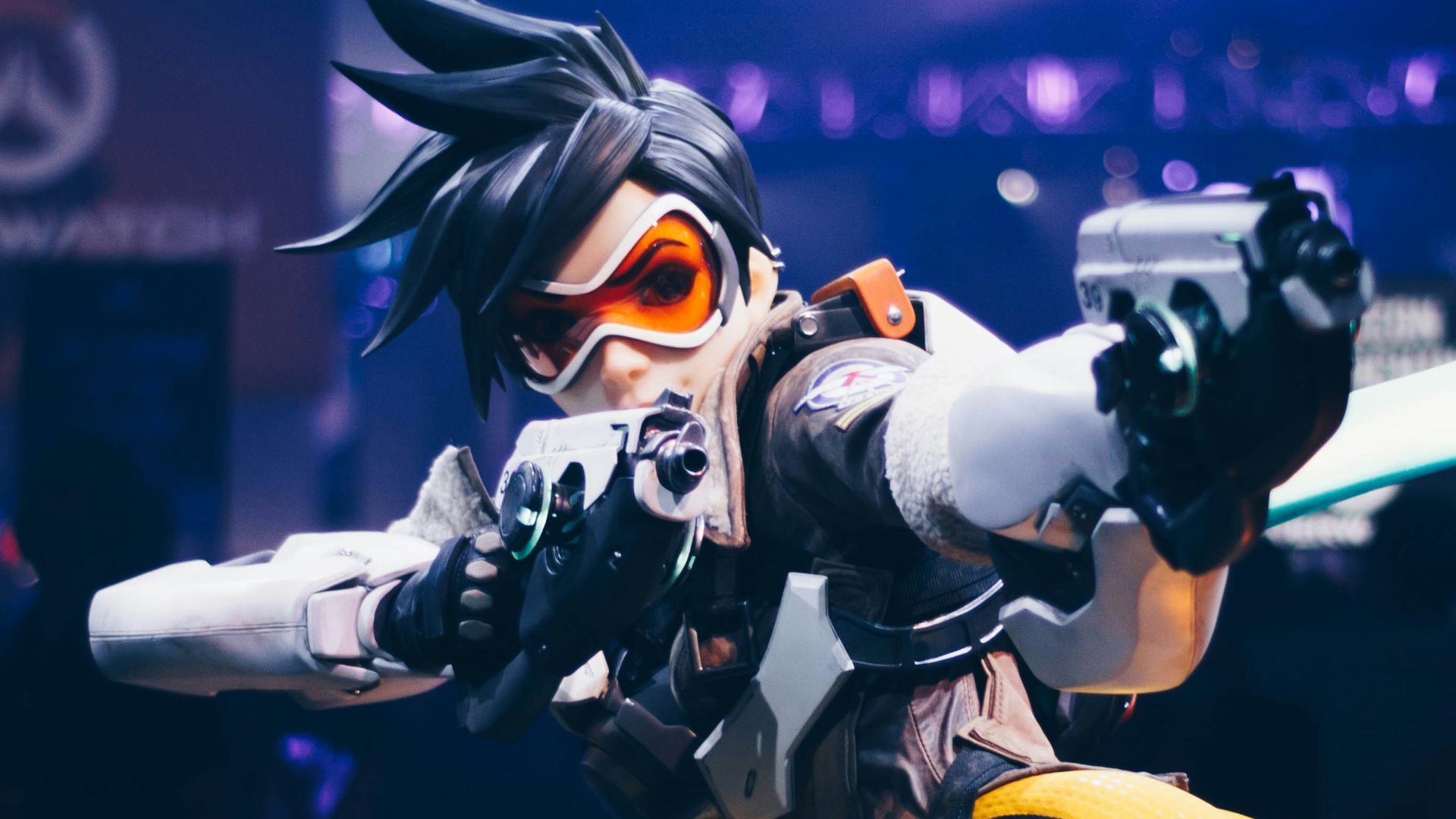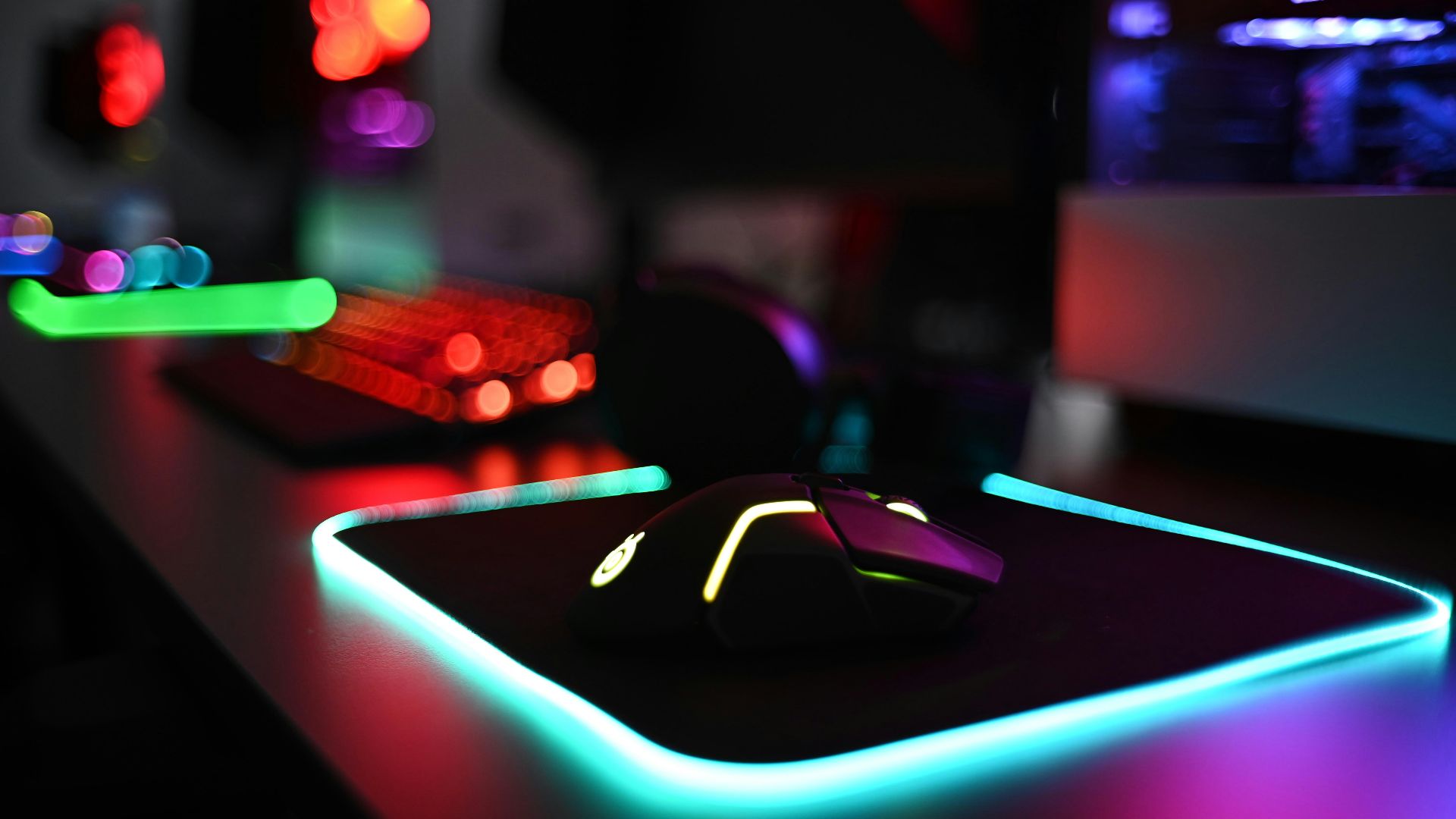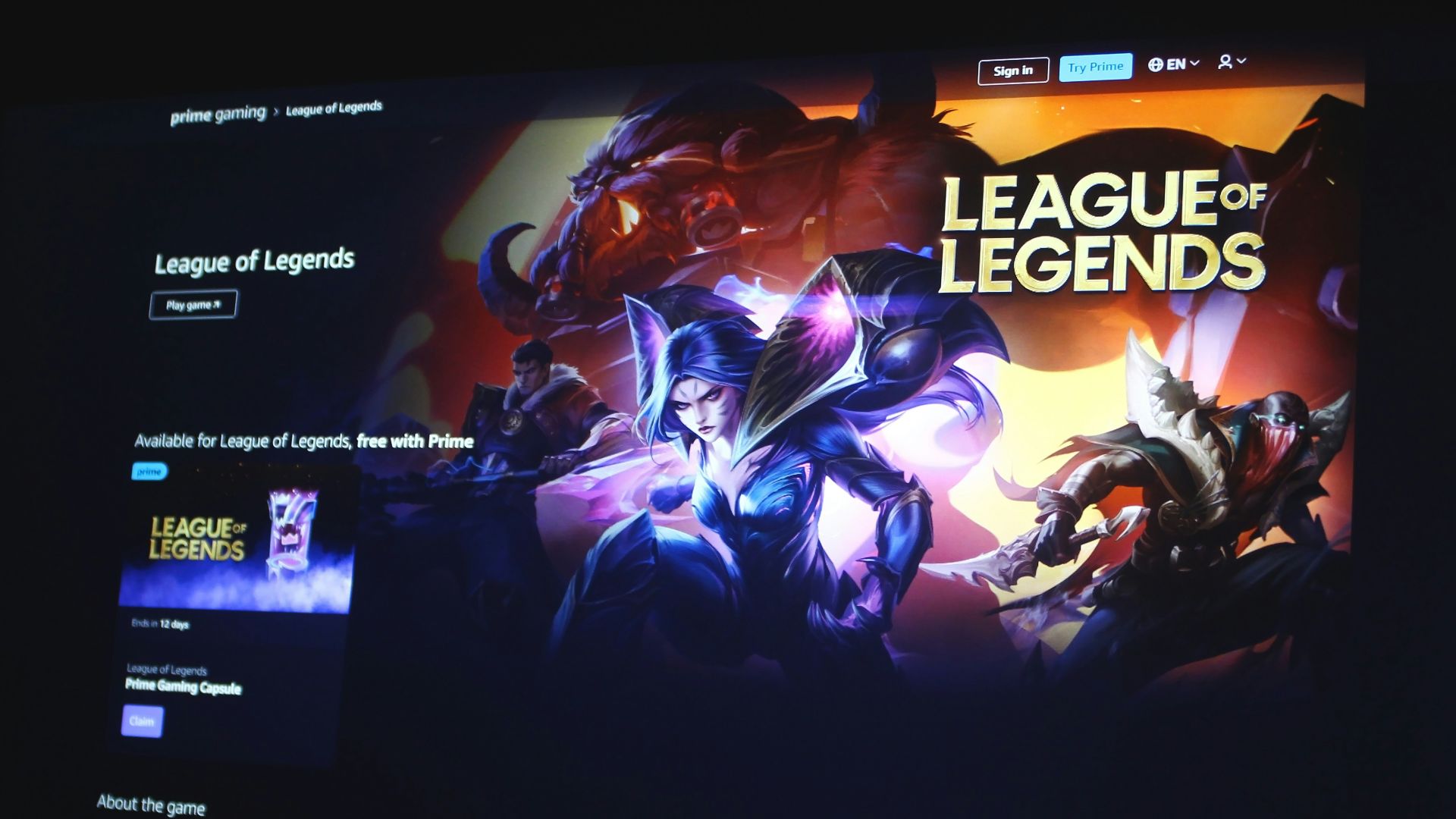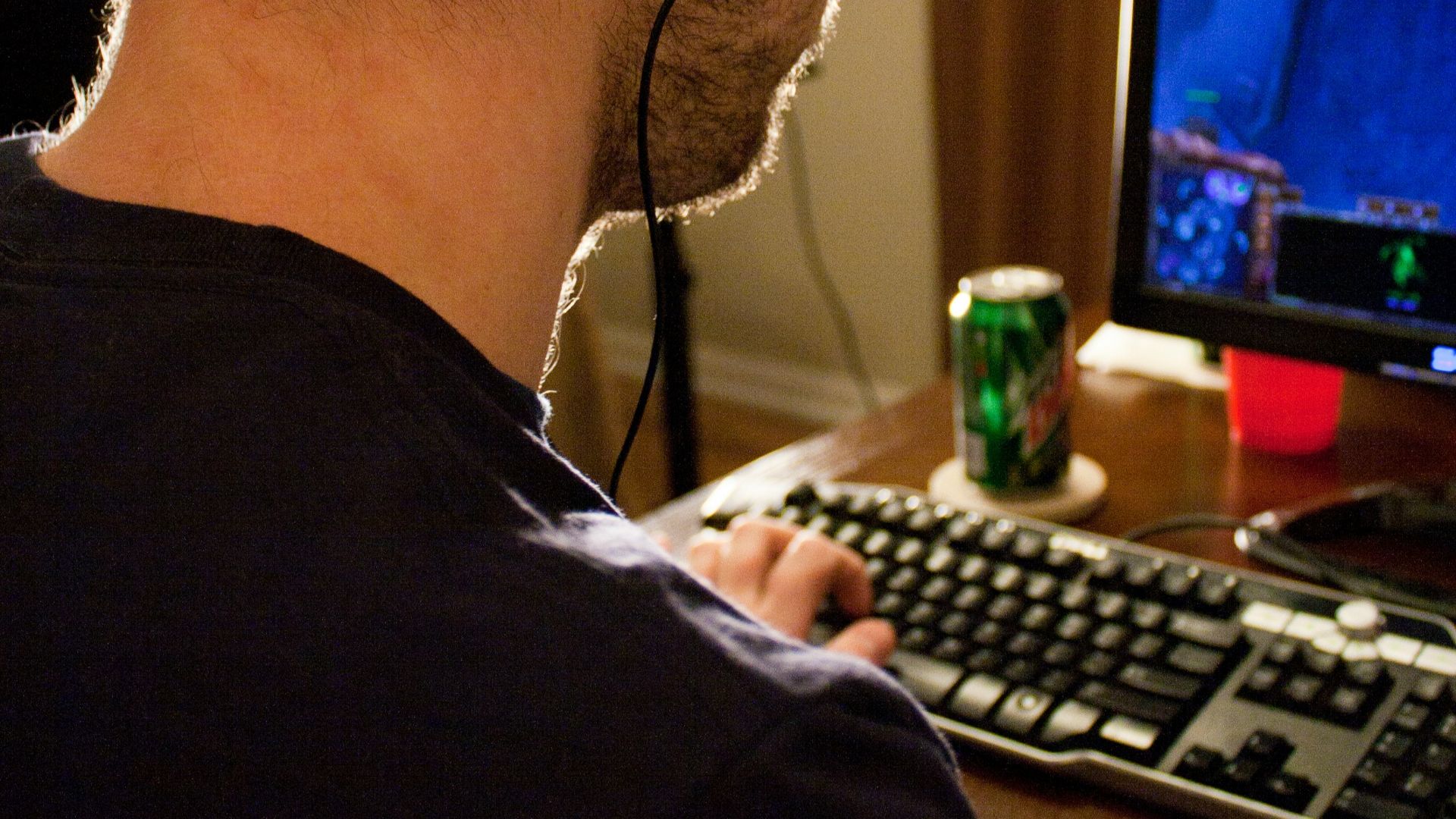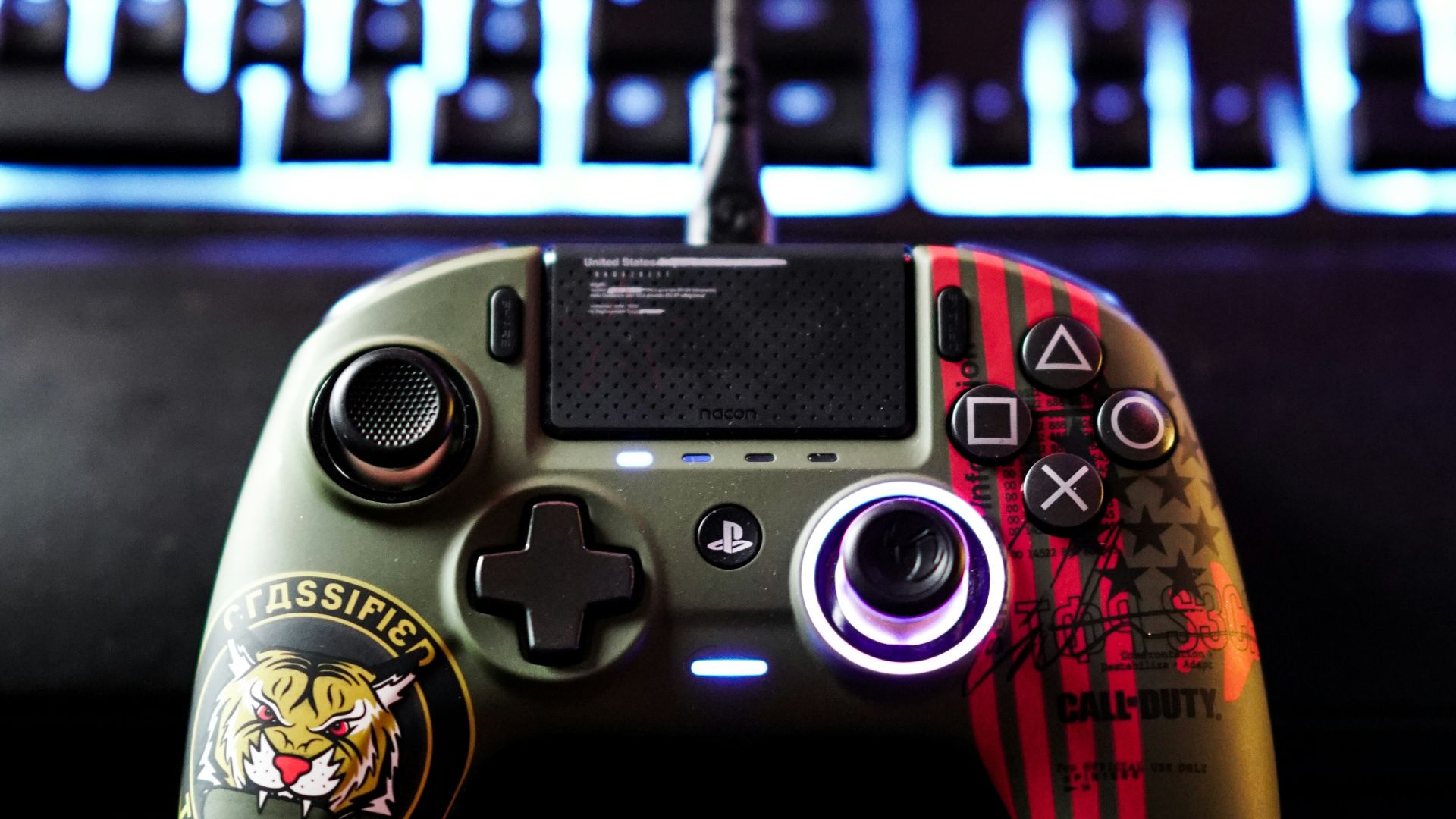Biggest Gaming Scandals
Cheating in competitive games is nothing new. However, sometimes the methods are so audacious that they startle the esports community. From sneaky hacks to match-fixing conspiracies, here are 20 times esports professionals took it too far.
1. Jonathan Kosmala
Fortnite player Jonathan Kosmala, from Team Kaliber, was found cheating by using a wall hack during the 2019 Fortnite World Cup qualifiers. The hack allowed him to see through walls to locate other players and items, and was reported to the officials by the creator of the hack, not the tournament officials themselves. Kosmala was released from his team, and the creator of the hack even gave him a refund for the software.
2. CS:GO
In 2018, Forsaken of OpTic India’s CS:GO roster was found to be cheating in a match using an aimbot during the eXTREMESLAND Asia Finals. He attempted to remove it as tournament staff approached, doing so right in front of everyone with no subtlety. His team was subsequently disqualified, and further investigation found that he had also cheated in the ESL India Premiership as well, which tainted the competitive scene.
3. Aimbots
Team Grandpa Berets player Flex was banned in 2015 for using an aimbot during an ESEA CS:GO tournament. Officials reviewed his suspiciously incredible plays to close a round with an 8-2 lead, and found that he was indeed cheating, as he had switched to the aimbot before the eleventh round began.
4. Azubu Frost
In 2012, the entire Azubu Frost team was penalized at the League of Legends World Championships for cheating. The League provided spectator screens, meant for the audience, to all players during the match. These screens showed the locations of every player on the map, and Azubu Frost used them to know where their opponents were at all times. The team was not disqualified from the competition, but they had to pay a fine of $30,000, lost all credibility in the esports community, and were eventually released from the Azubu organization.
5. Overwatch
In 2016, top-200 Korean Overwatch player and streamer KiD x was banned for aimbot use while streaming. After people watching the stream noticed and reported him, Blizzard acted fast. He lost his account and his streaming career, showing that esports cheating has consequences.
6. StarCraft II
In 2013, StarCraft II phenomenon Lee "Life" Seung-Hyun was found guilty of match fixing. Life took bribes from Sung Jun Mo, who lost money after losing his matches, and took advantage by fixing the game results in exchange for money. Life was given an 18-month prison sentence, a three-year ban, a $64,000 fine, and a lifetime KeSPA tournament ban.
7. Ryno
Halo 5 pro gamer Ryno was caught throwing kills to another player during a free-for-all tournament in 2015. He was interviewed afterward about it, where he admitted to throwing the matches so that his friend could win and made excuses as to how there was nothing wrong with what he did. He was banned for one month, and all the games in the tournament were replayed without him, for a prize pool of $300.
8. Dota 2
In 2013, Dota 2 player Alexei "Solo" Berezin was banned for throwing a StarSeries Season 6 match in order to win a $100 bet. Solo gave away over 50 kills to the opposing team, causing his favored team RoX.KiS to lose in an attempt to gain $322. Solo was given a one-year ban and the "322" meme has since become notorious in the esports scene.
9. League of Legends
The League of Legends World Championships had a match-fixing scandal in 2012 involving both Dignitas and Curse NA. The teams colluded to play “All-Random, All-Mid” and agreed to split the $40,000 prize whether they won or lost. Both teams were disqualified from the competition. No individual players were banned as a result.
10. Hearthstone
In 2018, Hearthstone player Tom60299 was found to have stream-sniped at the Global Games. Tom60299 used the audio of his teammate to see his opponent’s cards. By using this information, he won the game with an unfair advantage, having his victory perceived as a cheat win. The Chinese Taipei team received disqualification, costing them a cash prize they were guaranteed by placement, and competitive integrity.
11. Semphis
In 2016, CS:GO player Kory “SEMPHIS” Friesen revealed he and his Cloud9 teammates were taking Adderall to increase their focus in the ESL One Katowice Tournament. Adderall wasn’t specifically banned in the ESL’s ruleset, but it was still technically illegal and a major point of contention. The controversy received a ton of attention, including from an article in The New York Times, and helped raise awareness in esports in general.
12. Call of Duty 4
In 2007, Call of Duty player D1ablo cheated by logging into his teammate’s account so that he could play in a tournament. This tactic was soon revealed, and since it was quite apparent that Stat, the owner of the account, wasn’t playing, both participants were banned for six months.
13. Sado
Fusion player Sado was banned from the Overwatch League in 2018 for boosting other players’ accounts in exchange for money. He played on their accounts to increase their rank, breaking Blizzard’s very strict no-boosting policy. He missed the start of the inaugural season and was delayed in making his official debut for the team.
14. Virtus.pro
In 2013, during the qualifiers for the Grand Finals of Summit 5, Virtus.pro’s Dota 2 player ALOHADANCE had a loss of internet connection, leaving his team with one less member. When ALOHADANCE reconnected, the team fielded another professional player, Noone, as if it were ALOHA. Once the audience realized, Virtus.pro confessed and had to withdraw the team for cheating.
15. SF, KQLY & SMN
CS:GO pros SF (Epsilon eSports) and KQLY (Titan eSports) were discovered using cheats in 2014, just prior to DreamHack Winter. Both players were banned individually, while their (unwilling) teams were disqualified from the tournament. The same year, another pro, SMN (Team Alternate), was heard to say in a lax ESEA game that cheating, even at LANs, is a common practice in the pro scene.
16. All Mid
At the 2012 MLG Summer Championships, two League of Legends teams, Dignitas and Curse, intentionally played "All Random All Mid" (ARAM) in their championship series. Although this strategy is within the rules, the teams later confessed to having conspired to evenly split the $40,000 prize. They were subsequently disqualified and both forfeited the prize; fans were left with an anticlimactic end to the series.
17. XBOCT
In 2013, professional Dota 2 player XBOCT was suspected of using micro-scripts in online qualifiers. These scripts gave him small advantages in-game, and while there was no official ruling, the controversy spread throughout the community. Fans and players argued about whether the scripts were against the spirit of the game.
18. IdrA
StarCraft II professional IdrA was accused of using map hacks in online tournaments in 2010, allowing him to see information that should not have been visible. He denied cheating, but his name was subsequently mired in community controversy. For months, fans and competitors questioned the legitimacy of his games.
19. iNcontroL
Professional StarCraft II player iNcontroL exploited a trivial bug in 2011 during online tournaments, which momentarily displayed the locations of an opponent’s buildings. Although not a clear case of cheating, it created some controversy within the community. The situation illustrated that even trivial loopholes can have consequences for the integrity of esports competitions.
20. DaHanG
In 2010, Call of Duty: Modern Warfare 2 player DaHanG was alleged to have boosted and teamed on online ladders for an unfair XP and rank advantage. These activities were not illegal in LAN tournament play, but still provided him with an unfair advantage over other players. The controversy raised discussion in the community about ethics in online competition.
